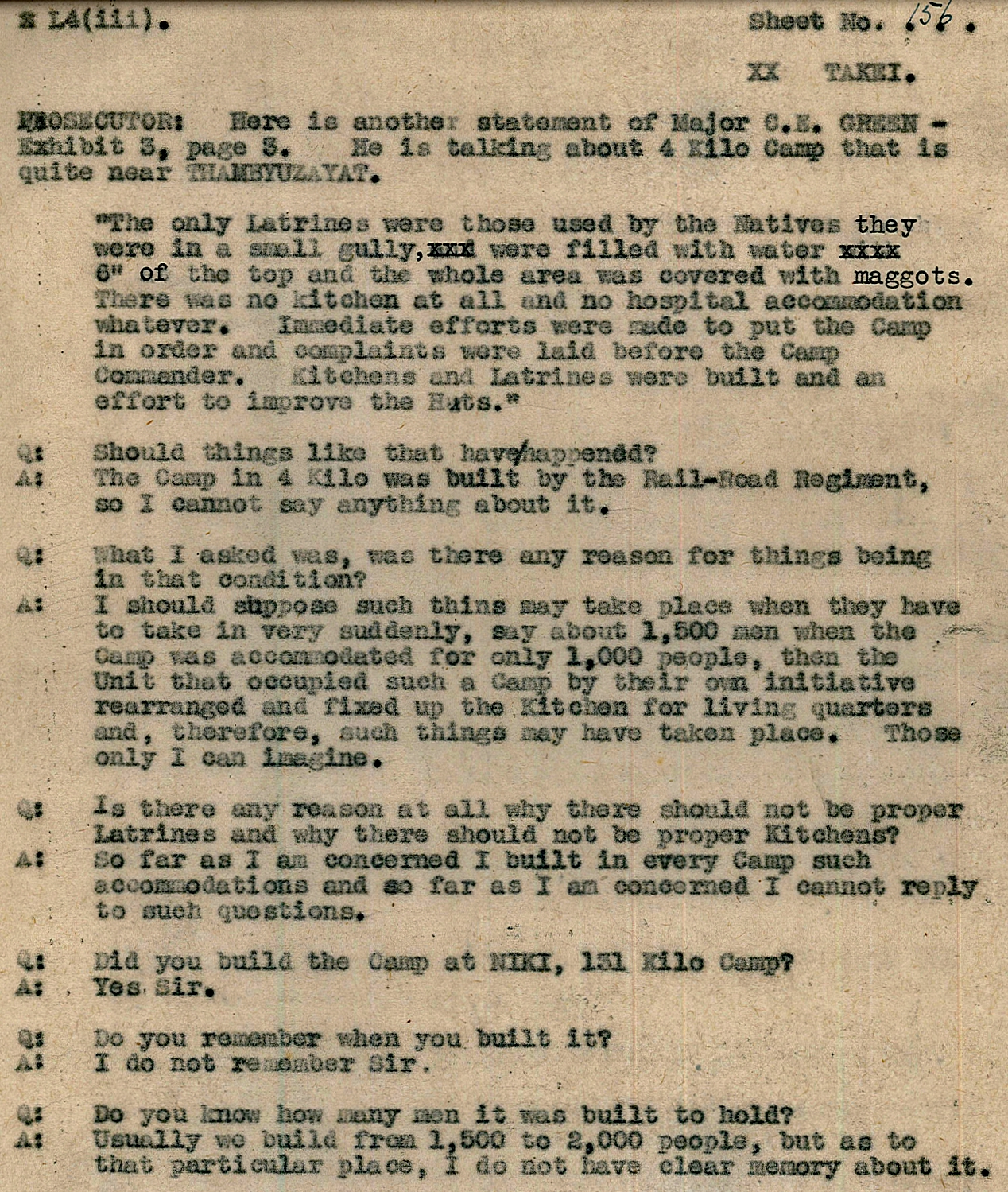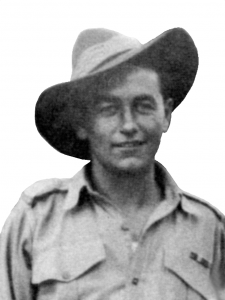Ye - Burma
Ye – Burma
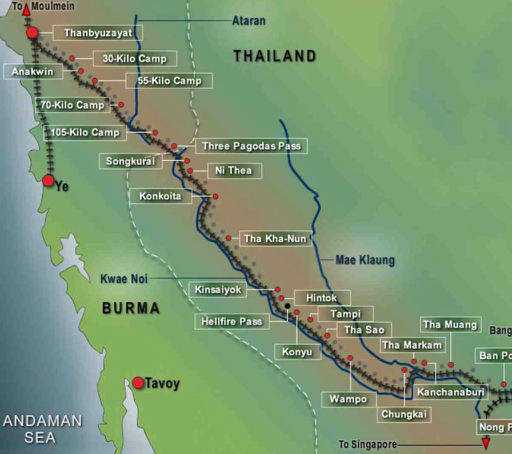
TAVOY TO YE
Tavoy was to be Transit Camp for two drafts of 277 and 258 men from Green Force who on 15th and 17th August, moved to Ye further north on the Burma Coast. The trip can be described as a nightmare for some – all standing packed tight like sardines in an open truck at the mercy of some crazy Japanese drivers (obviously inexperienced) the speeding truck swayed side-to-side dodging pot-holes and careering around corners. The POWs were quite relieved but very distressed on arrival.
Work on the aerodrome at Ye was completed by mid Sept 1942
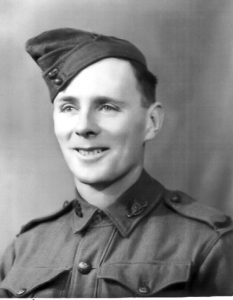
WX5932 Frank Vaughan was admitted to the Dutch ward on 28 Sep 1942 and transferred to the Australian ward on 10 Oct 1942. (we’re not sure how patients and staff travelled to the rail line and first camp Kendau.)
All ranks, less the sick, marched out of Ye to Thanbyuzayat via Lamaign over 25th and 27th September 1942 arriving on 28th September.
On 1st October 1942 all ranks of Major Green’s first detachment that left Victoria Point on 6th August marched out to Kendau 4.8km Camp.
Stringer’s 2nd detachment which left Victoria Point on 13 August aboard No. 593 ship disembarked at Tavoy. No. 583 returned to Victoria Point to transport the second and smaller draft – arrived Tavoy 15th August. They boarded Ukai Maru to sail to Moulmein on the Salween River.
Over 23rd and 24th August this group travelled by train from Moulmein to Thanbyuzayat. On 26 October 1942 Stringer’s detachment marched into Kendau 4.8km camp.
Green Force became united – Green Force now became No. 3 Battalion of the Burma Administration Group No. 3. – under the command of Japanese 5th Railway Regiment. Each POW was issued with a wooden plaque with his Japanese POW number inscribed into the wood.
Ye Camp have five special claims to fame –
It’s name
chanting monks
Howling dogs
‘Blue Danube’ soup
Dutch Dysentery Choir
The old English flavour of the name was applied to everything:
Ye Camp, Ye Toilet, Ye Jap, Ye Cookhouse, etc.
The large monastery in the town was filled with monks who spent their whole day chanting religious verses at the top of their voices.
At night the village’s hundreds of stray dogs took over from the monks with their howling.
The very crowded Camp huts were filthy and vermin infected old native dwellings – between the monks and dogs came the marauding mosquitos at night to attack the sleeping POWs. Malaria increased.
The only vegetable supplied was eggplant. We were eating deep purple stew.
The Dutch Dysentery Choir originated from the Camp Hospital where there was a lot of sickness amongst the large party of Dutch POWs at Ye. The Dutch had suffered at Ye and to help raise morale they formed the Choir.
The beautifully harmonized Choir provided many hours of pleasure to the POWs.
The Japanese had been particularly generous with their barbaric treatment of the Dutch – including stringing POWs up by their thumbs.
This was noted in Danny Bevis’s Diary. Bevis wrote Japanese Captain Ito belted up to 300 Dutch with his sword. He witnessed another 40 Dutch tied and belted. 12 Dutch with dysentery were tied back to back in a circle. Two Australians were bashed unconscious.
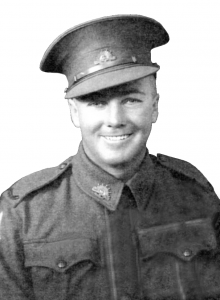
Tom Hampton of 2/4th wrote
“This was a bit too much for Jack Sherman from ‘A’ Coy. Finding one of the victims he cut the man down and assisted him to his hut. There was no immediate reaction from the Japs, they either didn’t see what happened or chose to ignore it so Jack lived to thwart them another day!”
Keith Griffith of 2/4th wrote
“About 8 Dutch Prisoners were tied around a tree with one long rope looped around each man’s knees with a slip knot round his neck. The tree was infested with large green jumping ants which were swarming over and biting the prisoners. They were continually bashed and as one man collapsed it would tighten the knot on the next man’s neck. A Japanese officer was present.”
The Green Force POWs remained working for about 5 weeks – mostly building a wharf.
Les Cody of “Ghosts in Khaki” wrote
“The men had by now adapted to a basic existence as POWs – the rice diet, living conditions and had learned to go with the flow on work parties with the Japanese. However they did not at any stage, surrender their personal independence.”
He wrote the story of a work party of about 20 men under Sgt. Bryan Manwaring, 2/4th

“They were recovering logs from the jungle for piles and wharf decking. A bit of a character with a rather quizzical sense of humour Brian selected a log he thought would be eminently suitable for the job in hand and hooking on the chains gave the order …………. One, two, three, heave ………… one, two, three, heave……..
As the 20 straining men slowly emerged from the jungle, the Jap guard jumped to his feet in anticipation. With about 30 feet of rope attached to the log it took a while for it to appear and when it did the gang collapsed in exhaustion – it was about 6 feet in length and about the circumference of a small sapling. Brian looked at the Jap and in his quiet way said “yuroshi ka?” (good hey!)
The Jap looked at Bryan, then ‘the log’ then at Brian, then at the men and then again at ‘the log’ and then exploded …… “Number One – Number One” and burst out laughing!
Not the reaction the men had expected they were taken by surprise and when the guard said “all men yasumei” (rest) the men couldn’t believe it!”
It never happened again. The story became a precious memory to share again and again in the dark days ahead. The Jap with a sense of humour!
‘A’ Force Burma was nearing the end of work on the airfields of south west coastal Burma. Their next work camp would be on the Burma end of the railway.
Ramsay Battalion from Mergui had by now joined Anderson Battalion and the balance of Green Force at Tavoy. Leaving Tavoy the Force moved by ship to Moulmien – then by road and rail to the small town of Thanbyuzayat – the starting point for the railway into Thailand. The exception was the Green Force contingent and a small group from Anderson Force at Ye who travelled overland.
The overland groups had a tough journey.
The bridges on the rail line from Ye to Thanbyuzayat had been blown. The POWs had to march 25 miles carrying all their gear, along the rough metalled line. The final 50 miles from the last broken bridge to Thanbuyuzat was by train in filthy cattle trucks with the POWs standing in inches deep manure.
Below: 2/4th’s Major Charles Green talking about 4 Kilo Camp.
